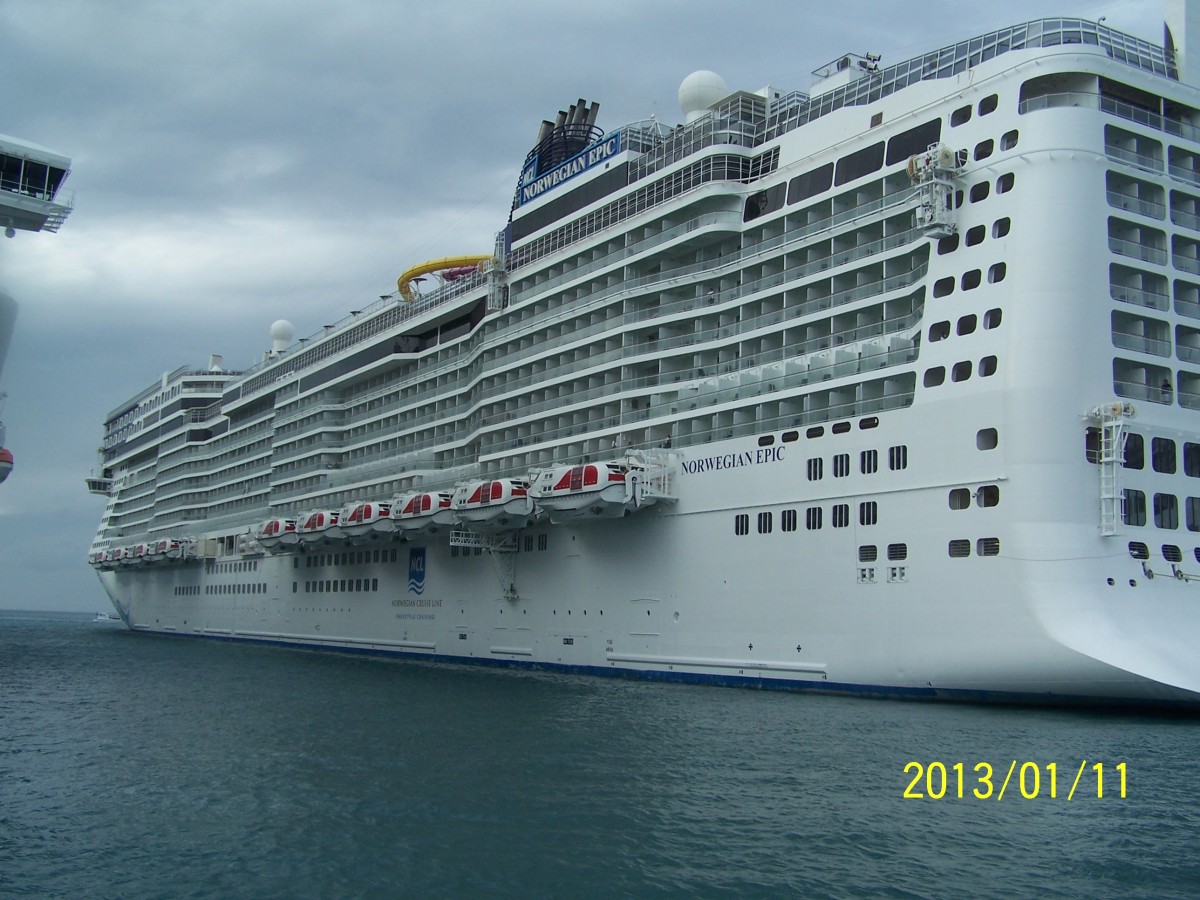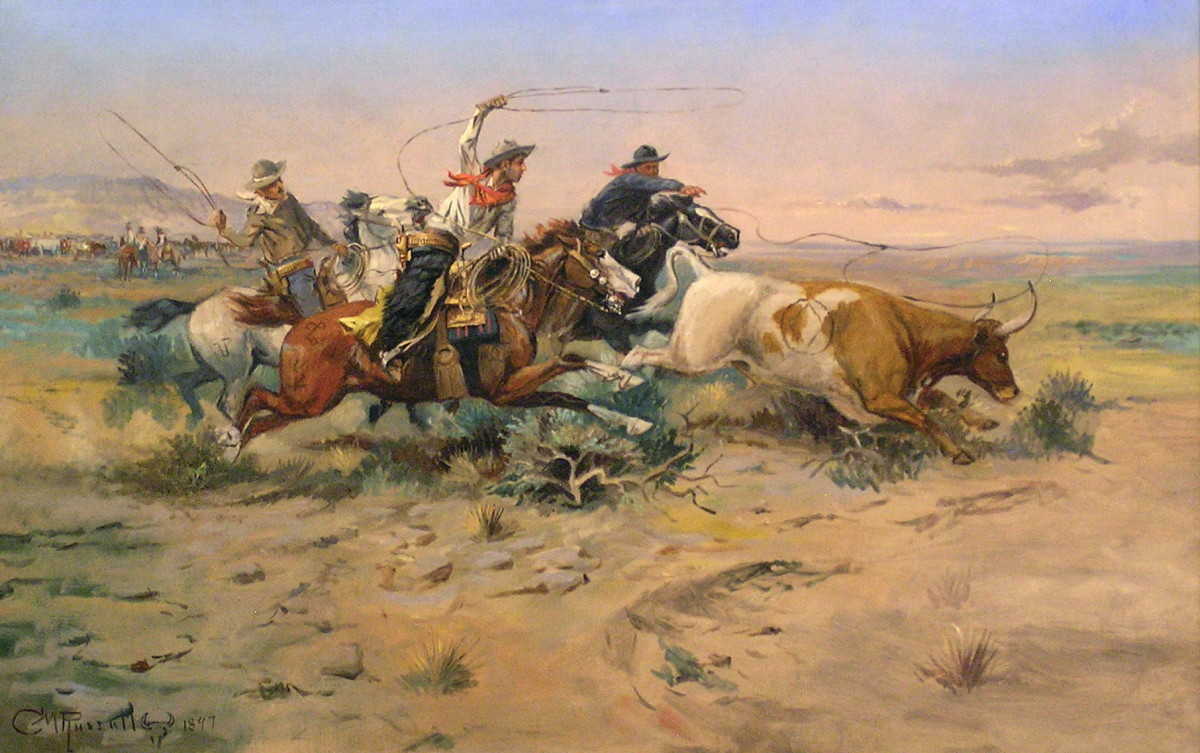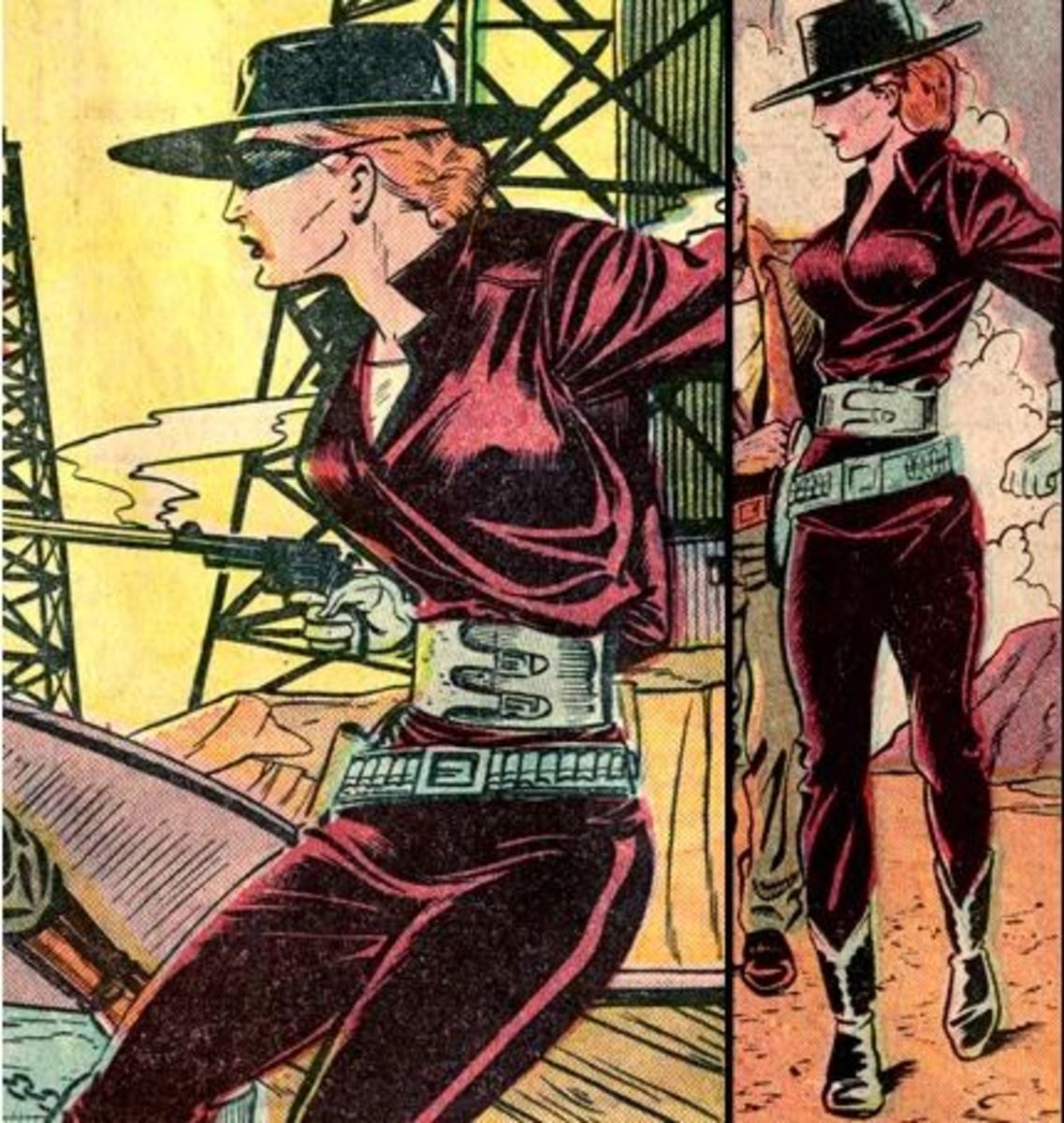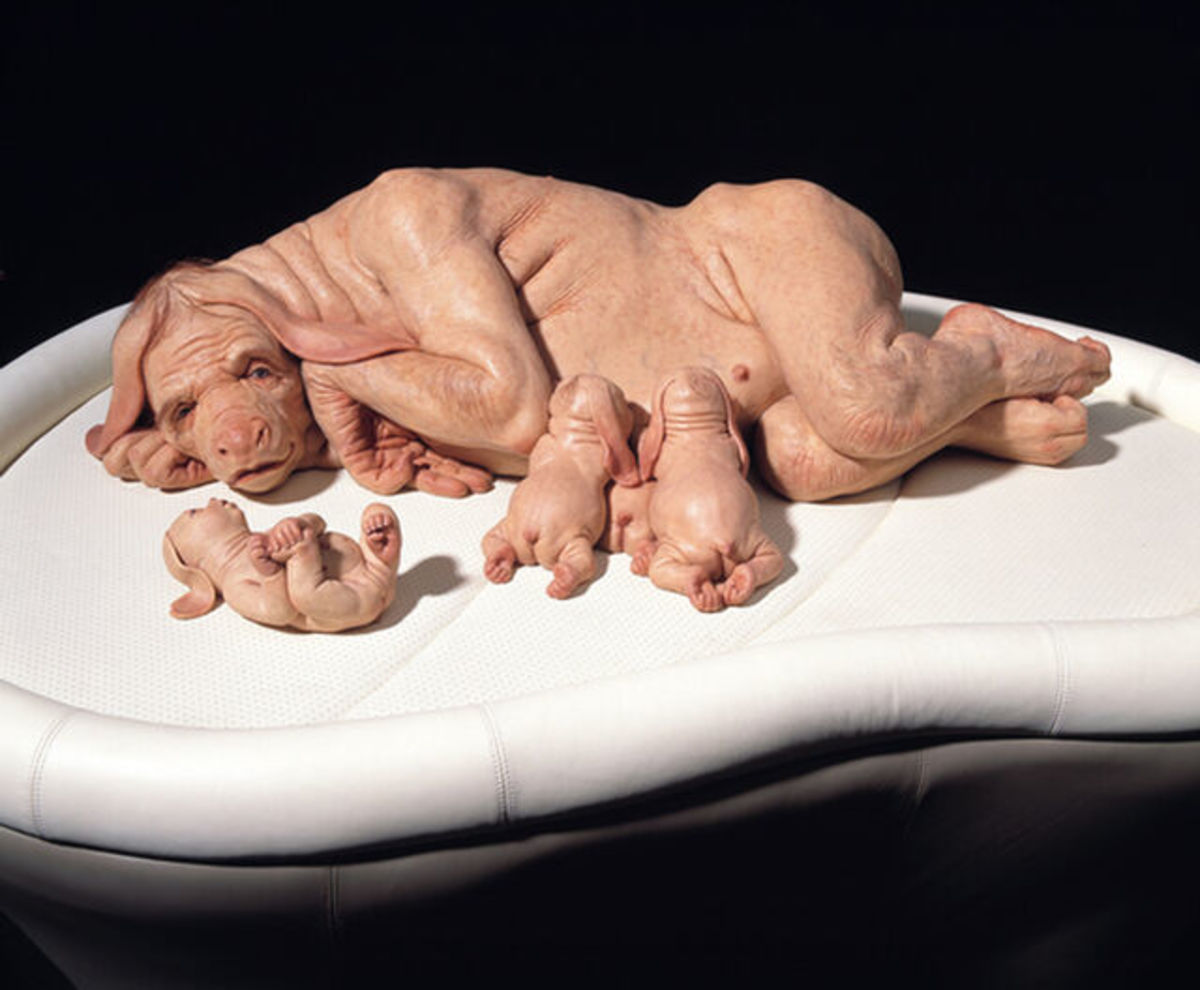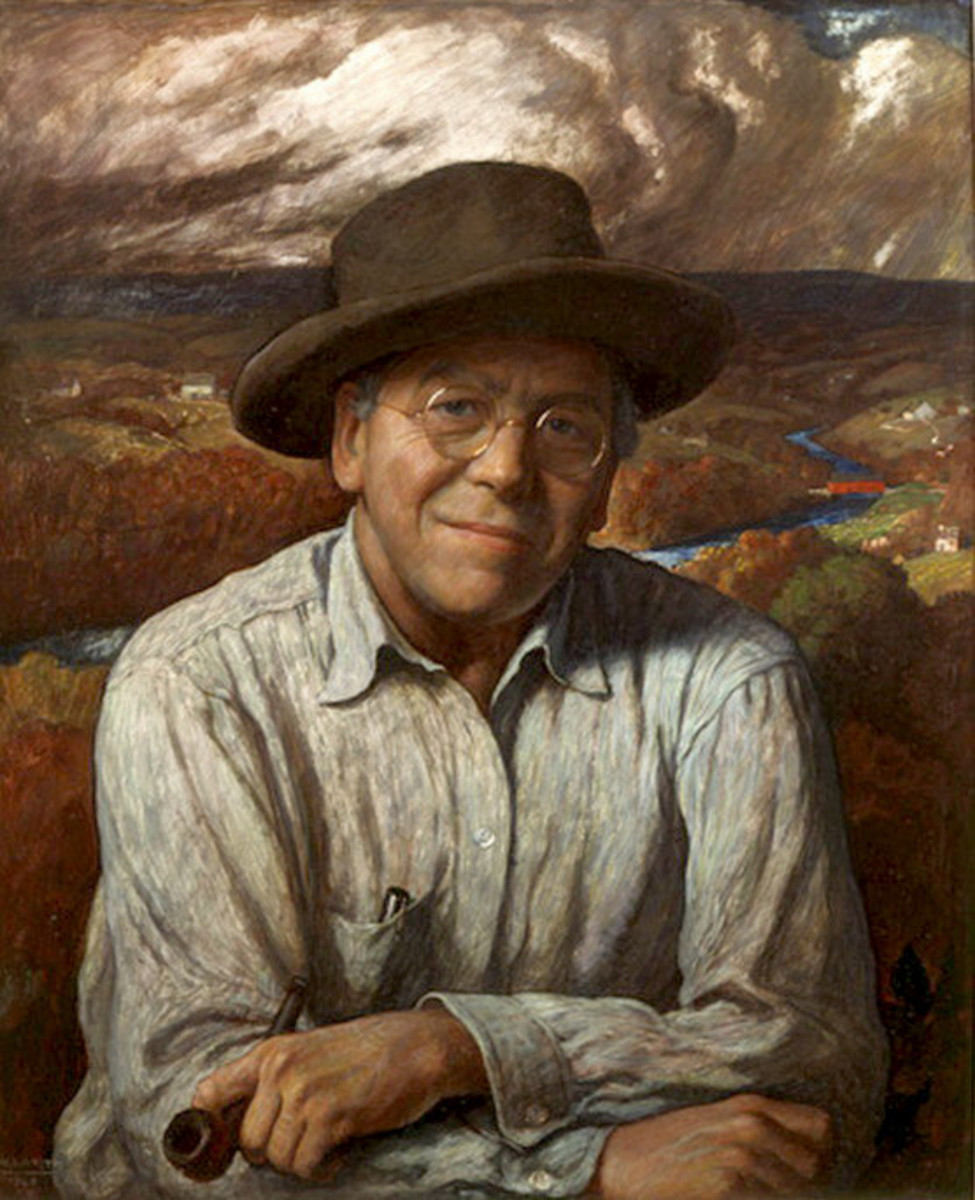Frederic Remington: Renowned Western Artist

Artist of the West
Frederic Remington (1861-1909) was a celebrated American artist who is widely known as one of the most popular painters & sculptors of the American West in the late 19th century. Remington's work captured the essence of the rugged landscape, wildlife, & toughened individuals of the Western United States during this transformative period. His work has appealed to artists, movie studios, and authors.
Born in Canton, NY, Remington was initially drawn to the outdoors & outdoor life at a young age. He developed a keen interest in sketching Western characters & action-packed battle scenes, even during his time early on, in military schooling, where it became clear that his true calling was as an artist rather than a soldier (Hassrick, 1989).
Remington pursued his art, his passion, studying art at Yale University from 1878 to 1880. His first published piece was a drawing that appeared in the campus newspaper, and in 1881, he embarked on the first of several trips to the American West, where he would find the inspiration and topic that would define his career (Dippie, 1982). He used a variety of mediums, including painting, sculpture, and drawing.
Remington's early works were found to have precise & detailed depictions of the quickly vanishing soldiers, cowboys, Native Americans, & open desert landscapes of the West. His illustrations for Henry H. Longfellow's poem 'The Song of Hiawatha' (1891) exemplify this detailed approach (Dippie, 1982).
As Remington's style evolved, he began to focus more on capturing the mood & emotion of his subjects, using broader brushstrokes and a greater emphasis on color & light. Late in his career, works such as 'Downing the Nigh Leader' (1907), is marked by a more dramatized, expressive style (Hassrick, 1989).
In addition to his paintings and drawings, Remington also gained recognition for his sculptures, such as the iconic 'Bronco Buster' (1905), which showed off his skill in creating dramatically balanced figures (Dippie, 1982).
Remington's passion for the American West extended beyond his artistic pursuits, as he also illustrated many of his own books, including 'Pony Tracks' (1895) and 'The Way of an Indian' (1906) (Hassrick, 1989).
In the End
He enjoyed western life, but acquired poor eating habits during his travels, which led to health problems later in life.
Sadly, Remington's life was cut short when he died in 1909 at the age of 48, due to complications from appendicitis surgery. However, his legacy as a Western artist lives on, with many of his works housed in prestigious institutions such as the Remington Art Memorial in Ogdensburg, New York, and the Whitney Gallery of Western Art in Cody, Wyoming (Dippie, 1982).
Remington's enduring impact on the artistic representation of the American West has inspired many other renowned artists, including Charles M. Russell, N.C. Wyeth, Thomas Hart Benton, and Georgia O'Keeffe, who have also drawn inspiration from the rugged landscapes and colorful characters of the West (Dippie, 1982).
Personally, I have seen some of his works at the Utah Museum of Fine Art at the University of Utah.
References
-Dippie, B. W. (1982). Remington and Russell: The Art of the American West. Amon Carter Museum.
-Hassrick, P. H. (1989). Frederic Remington: A Retrospective. Amon Carter Museum.
This content is accurate and true to the best of the author’s knowledge and is not meant to substitute for formal and individualized advice from a qualified professional.
© 2020 Mark Richardson

